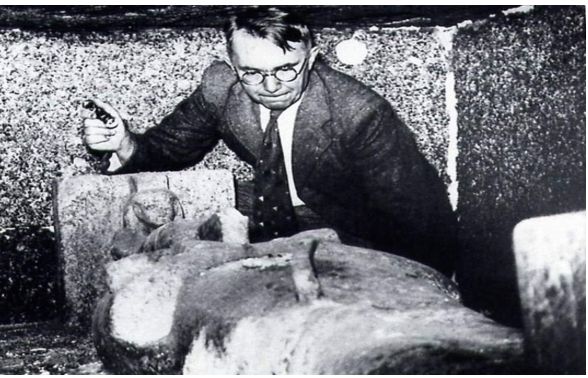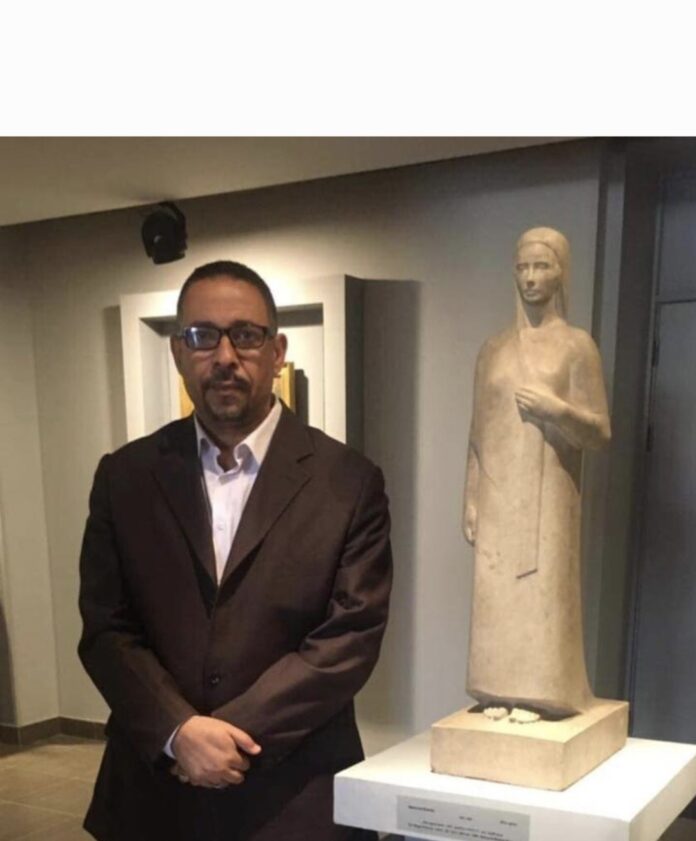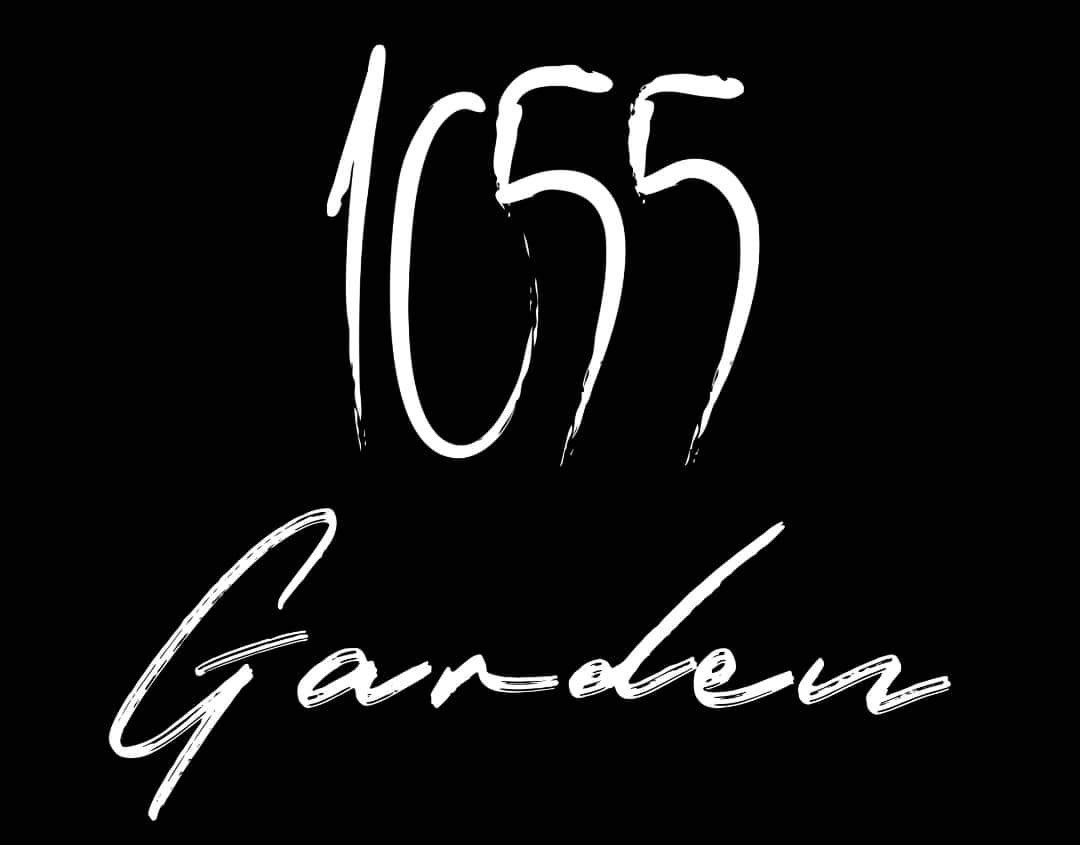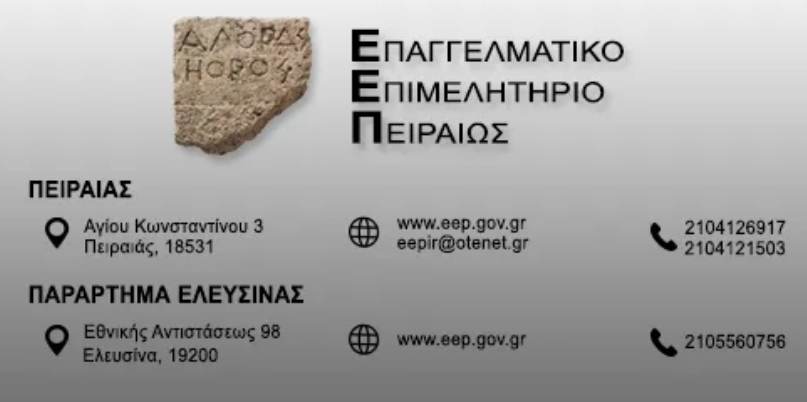Επιμέλεια: Εύα Πετροπούλου Λιανού
The royal tombs of Tanis are falling silent!
Do you see why this important archaeological discovery has not received a share of publicity?
And a luck of Fame!
Perhaps the timing of the disclosure in 1940 was a hindrance to its popularity
Where most of the countries of the world were participating in another-humanitarian – disclosure:
“The Second World War”!! The world only needed to hear the aircraft shells and the sound of guns.
As for the greatest archaeological discoveries about the tombs of the Kings of the Twenty-First and twenty – second dynasties in San al-Hajar, an event equal in importance-and perhaps surpassing-the discovery of the Tomb of King Tutankhamen in 1922. And the accompanying resounding fame shook the corners of the world. It seems that in 1940, the world did not need more shaking and destruction!

In 1940, the French archaeologist Pierre Montet unveiled the missing “Tanis” after more than twelve years of research and excavation, and also found a complex of royal tombs consisting of three intact burial chambers, which is a rare and amazing discovery.. These tombs contained precious and dazzling funerary collectibles, such as golden masks, coffins made of silver, and elaborately made stone, and were also filled with some other precious items, such as bracelets, necklaces, pendants, tableware, and amulets.. In addition, those tombs were teeming with various relics from statues, vases, jars and others that still testify to the power and wealth of the rulers of that city in that period.. The discoveries of Monte also had other important consequences; one of the Kings of Tanis, the previously unknown king shashang II, was found wearing precious jewels that belonged to the famous King shashang I, whose name is mentioned in the Bible, which prompted Silverman to say: “this proves to you how important the Kings of Tanis were at that time”.
The hill “San al-Hajar” is located at the entrance to the town named after the hill, and administratively belongs to the center and city of Husseiniya, Sharqiya governorate.It is located northeast of the city of Cairo and is about 130 km away from it and about 20 km south of Manzala Lake, and The Hill area is about 3 km north-south, 1.5 km east-west. It was formerly the capital of Egypt during the 21st Dynasty (1078-945 BC).M) for reasons related to the privileged location and the religious conflict that erupted in the city of barramsis, “the village of Tel El Dabaa currently or qantir – the center of Fagus – Sharqiya governorate”.
Tanis enjoys a strategic and vital location because of its supervision of the Tanis branch of the Delta and the possibility of access by ships through Lake Manzala, and the receding water and the drying of the” belozi” branch, which was passing through the city of “barramsis”, the large capital of Egypt before the establishment of “Tanis” led to the migration of that city and at the same time the activity of the Tanis branch led to the prosperity and reconstruction of the city of Tanis.
As for the origin of the name of Tanis as the creator of the stone ; where the Egyptian traveler ( one Ammon), during his famous visit to Pylos, raised the late reign of the Ramesses-he lived during the reign of Ramses Xi (Twentieth Dynasty) – He passed by the city of “ajnet” and from this hieroglyph it turns out that it is a maritime city and a large port and it was mentioned that it was the seat of cymindis without a royal reference to him, which suggests that cymindis was the ruler of Tanis before the foundation of the 21st Dynasty and he is credited with moving the capital from bramses to Tanis .Some Assyrian sources described this city as Sanu Sanu, and the Greek sources of Tanis TANIS, and in the Middle Ages Tanis became a large quarry and was called the Tanis stones, and then finally the stone maker.The men of the French scientific expedition were the first to visit the”stone maker” area in 1799, and recorded and described its apparent effects.
The famous French archaeologist “Mariette” was the first to carry out scientific excavations in four seasons in 1859, 1860, 1861, and then the 1865 season. The second excavator who shed light on the archaeological area was the “Flinders Petrie”who came to the site in 1884.Since the first discoveries, the site of Tanis has been linked to the capital of the Hyksos”oaris” due to the many traces found there dating back to this era.
It was also possible to link this site with “Ramses” after traces of “Ramses II”were found there in large quantities. Some researchers have argued that oaris, Tanis and perramsis are three names of one city. In 1940, the expedition of the University of Strasbourg, headed by the French archaeologist”Monet”, succeeded in revealing the royal tombs of the Pharaohs of the Twenty-First and twenty-second dynasties. The most famous pharaohs who based Tanis include the Pharaohs psosenes I, osorkon II and Shasha naq III.
The Tomb of susins I ( 1040 – 993 BC.M)
Symonds-the Twenty-First founder of the dynasty-entrusted his powers before his death to his son psosenes I, who ruled the whole country for seventeen years ( 1040 – 993 BC.His name means “the star shines in the city “and he also took for himself the nickname “Ramses psocenes”, one of the greatest participants in the construction of the temple of Tanis; where he built the wall of the temple. The first”psocenes” ordered that his tomb be built southwest of the temple Sanctuary, between the Great Temple and the brick wall. His tomb consists of:
A well-constructed of limestone, almost square in shape, without its walls of Inscriptions, a passage on the eastern side, two granite stones and two stones were added in a later era, and the tomb is built for the Pharaoh “psosens” and his funeral furniture in Room No. 1, as well as for his wife “death of a star” in Room No. 2. “Monte” 1940 revealed her inscriptions and titles on many of them include a gold mask inlaid with precious stones, a necklace of gold and turquoise, pots and dishes of gold, all in the Egyptian Museum.
The Tomb of “oserkun II” (945-712 BC.M)
When “osercon II” took over the reign-the twenty-second dynasty-he was about fifty years old, and he made several important renovations in the temple of Bubastis, also dedicated a compartment in Thebes, and issued his orders for the restoration of the Great Temple in Al-fentin. His tomb consists of:
A granite chamber surrounded by limestone and on the East a chamber opens to Chambers 3, 2 and its current entrance to the West, it happened as a result of internal modifications made in chamber No. 4, which is the chamber where osercon II was buried: a rectangular chamber whose walls were covered with pieces of pink granite stones and blocked its entrance with a large block of granite and a large sarcophagus occupied the chamber.
And this granite sarcophagus was huge. The lid of the coffin was also a large piece of granite stone, taken from one of the statues of King “Ramses II”.The tomb is rich in religious inscriptions that shed light on the religious ideas widespread in Egypt in those periods of belief in reckoning, punishment, the trial of the dead and the journey of the deceased into the other world.
The Tomb of shashang III: (945-712 BC.M)
Takelot II – the twenty-second dynasty-was succeeded by his grandson shashang III, who was a young man about eighteen years old. His tomb is characterized by the simplicity of construction:
It consists of a well with a base area of about 2 × 3 M and a funeral chamber with an area of about 3×5 m connected to each other through a narrow corridor about 1 m wide .
The burial chamber was built on two granite sarcophagi. The four walls of the chamber also appeared almost intact, and the inscriptions painted on it were not affected by anything, but it turned out that some of the colors of the inscriptions were still fresh when the tomb was revealed. The four walls of the burial chamber are decorated with engravings and colorful images that address some of the religious themes that we used to see in other royal tombs, such as the trial of the deceased, the repudiation of all sins, the journey of the sun, the procession of the gods, in addition to some other funeral scenes. As for the walls of the well, they were left empty without an inscription or decoration, and the coffin was also found empty.
The San al-Hajar area is the best royal tombs area in the Delta, and it still contains many of its architectural and decorative elements, which can be a tourist attraction. The region can be invested in tourism and culture before it’s too late!!





























